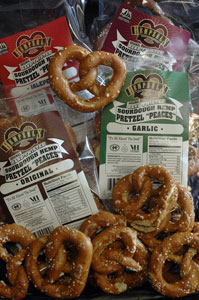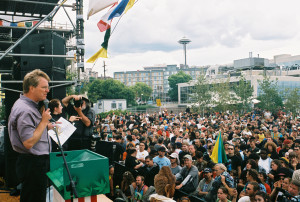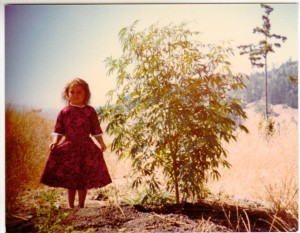by Will Duffield
The past few weeks I have been attending classes at my local ambulance station, working toward getting my EMT certification. I think it is important to look at how new EMTs are taught to deal with cannabis, as protocols surrounding the substance are often influenced more by dogmatic legal speculation than science, even within the medical field.
Our textbook contains a brief paragraph about cannabis in the toxicology section, terming it marijuana. According to the book, smoking marijuana produces “euphoria, relaxation, and drowsiness”, and also impairs “short term memory and the capacity to complex thinking and work”. While the validity of some of these observations can be questioned, the data available to those researching behavioral trends among cannabis users has been limited. Government prohibition of cannabis use, as well as social discrimination, leads many users to lie about their use. The textbook goes on to estimate that 20 million americans smoke cannabis every day. Most cannabis related emergency calls come not from the desired effects of cannabis, but from unwanted “anxiety and panic” that sometimes occurs.
I would have liked to see a discussion of the THC to CBD ratios present in most smoked cannabis, and how they might affect the user’s experience, particularly with regard to the possibility for anxiety and panic. The textbook notes that “A person who has been using marijuana rarely needs transport to the hospital”. When a marijuana user is in such distress that they wish to go to the hospital (EMTs cannot refuse to transport a patient) the textbook advises the EMT to “reassure the patient and transport the patient with a minimum amount of excitement”. In essence, we understand that you’re freaking out, man, and we will try to keep you calm and comfortable in our alien vehicle. This is a remarkably progressive approach, particularly when juxtaposed with police procedures which treat cannabis users as potential threats. In fact, the book draws strong connections between alcohol and murder, traffic injuries, and suicide, while making no mention of a similar connection between cannabis and mayhem. It does warn that marijuana may be laced with other drugs, and a call for marijuana intoxication may turn out to be something far more dangerous. This is a symptom of the current black market and its lack of nonviolent methods of contract enforcement.
It is important to understand how various segments of the medical community currently view cannabis, and why these views are held. To the extent that they are shaped by legal prohibition, they may change as cannabis is legalized, however, the “how” of legalization may influence, and be influenced by, the medical community.
The advent of legal cannabis in Colorado has lead to an increase in the number of THC infused edible products available to consumers. While adults will rarely mistake commercially sold marijuana edibles for normal baked goods, young children cannot often distinguish between the products, as both often have brightly colored, easily opened packaging. Michael Kosnett, a toxicologist and associate clinical professor at the University of Colorado School of Medicine has recommended that THC infused products be sold in childproof containers, as many modern medicines are. The problem could also be solved by more responsible parenting, and perhaps more respectful treatment of what is undoubtedly a mind altering substance.
While it is politically simple to treat cannabis like alcohol, in reality, the substances are incredibly different, both in effect and in how they are consumed. Children do not enjoy drinking vodka, and people do not die from smoking large amounts of cannabis. The medical community has accepted this to a far greater degree than our legislators and law enforcement officers, and has been quicker to address the unique specifics of cannabis.
*Textbook citation – Gulli, B., Ciatolla, J. A., Barnes, L., & American Academy of Orthopaedic Surgeons. (2011). Emergency Care and Transportation of the Sick and Injured. Sudbury, Mass.: Jones and Bartlett.


